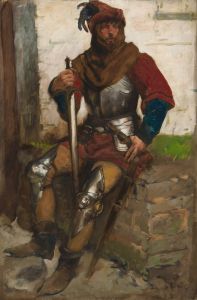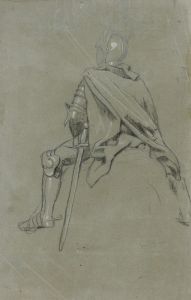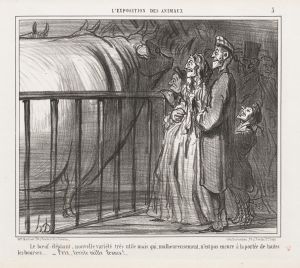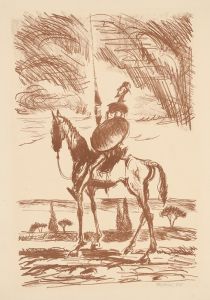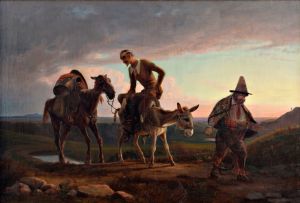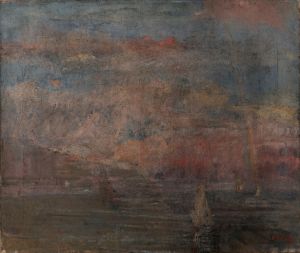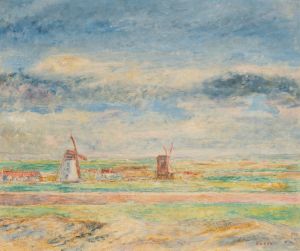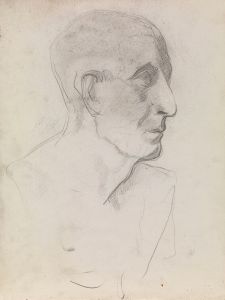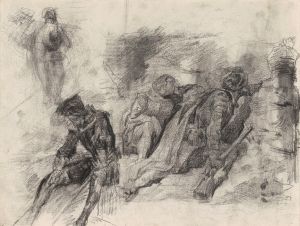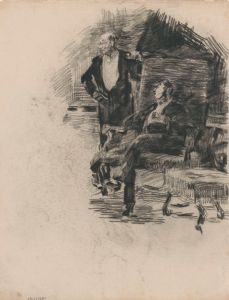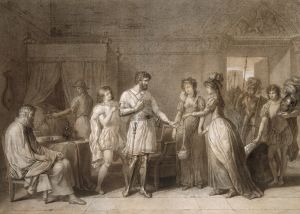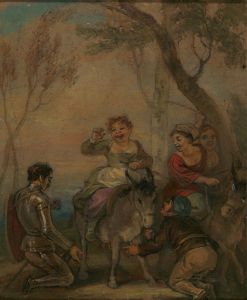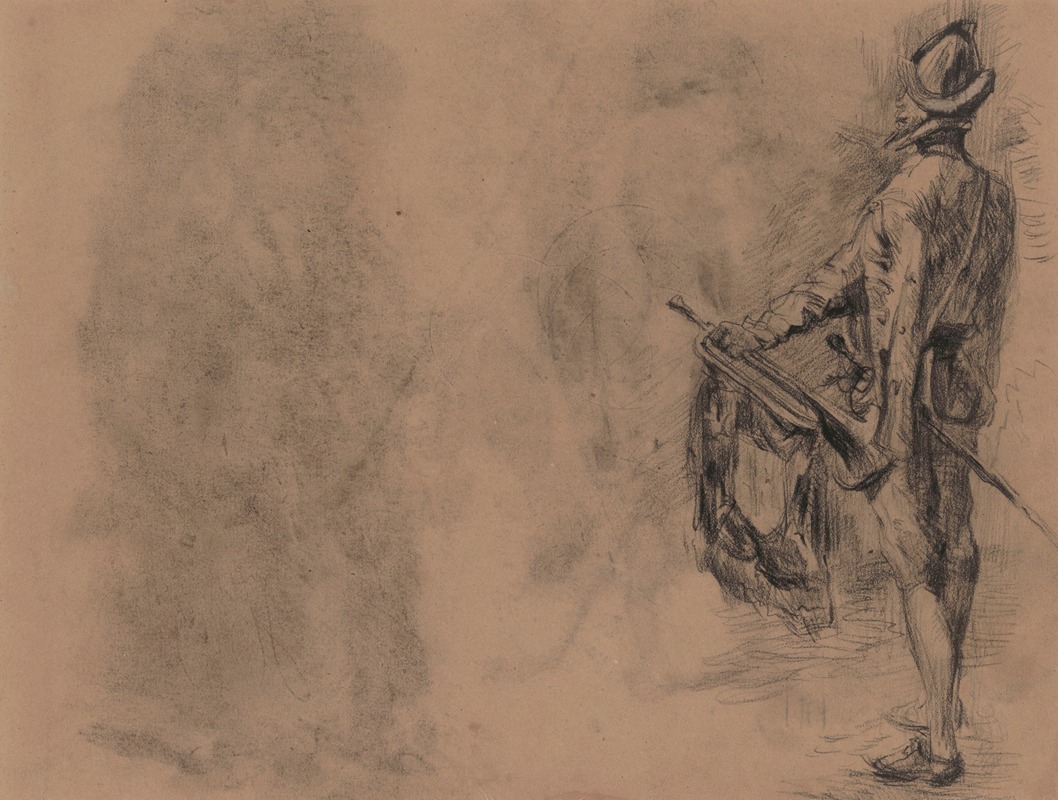
Don Quixote
A hand-painted replica of James Ensor’s masterpiece Don Quixote, meticulously crafted by professional artists to capture the true essence of the original. Each piece is created with museum-quality canvas and rare mineral pigments, carefully painted by experienced artists with delicate brushstrokes and rich, layered colors to perfectly recreate the texture of the original artwork. Unlike machine-printed reproductions, this hand-painted version brings the painting to life, infused with the artist’s emotions and skill in every stroke. Whether for personal collection or home decoration, it instantly elevates the artistic atmosphere of any space.
"Don Quixote" is a painting by the Belgian artist James Ensor, created in 1865. Ensor, born in 1860, is known for his unique and often surreal style, which blends elements of realism and fantasy. His works frequently explore themes of absurdity, satire, and the grotesque, reflecting his critical view of society and human nature.
The painting "Don Quixote" depicts the iconic character from Miguel de Cervantes' novel "Don Quixote," which was first published in two parts in 1605 and 1615. Cervantes' novel is considered one of the greatest works of fiction ever written and has had a profound influence on Western literature. The story follows the adventures of Don Quixote, a nobleman who becomes so enamored with chivalric romances that he decides to become a knight-errant, embarking on a series of misguided and often comical quests.
Ensor's interpretation of Don Quixote captures the essence of the character's idealism and delusion. The painting portrays Don Quixote in a dramatic and somewhat exaggerated manner, emphasizing his gaunt figure and the iconic elements of his attire, such as the helmet and lance. Ensor's use of bold colors and dynamic brushstrokes adds a sense of movement and intensity to the scene, reflecting the tumultuous nature of Don Quixote's adventures.
The background of the painting is equally significant, as it often includes elements that enhance the narrative or provide additional context. Ensor's choice of setting and the inclusion of various symbolic elements contribute to the overall impact of the work, inviting viewers to delve deeper into the story and its themes.
James Ensor's "Don Quixote" is a testament to the enduring legacy of Cervantes' character and the novel's influence on artists across different mediums. Ensor's ability to capture the spirit of Don Quixote while infusing the painting with his distinctive style demonstrates his skill as an artist and his deep understanding of the source material.
Throughout his career, Ensor produced a wide range of works, including paintings, drawings, and prints. He was a prominent figure in the Symbolist movement and later associated with the Expressionist movement. Ensor's work often challenged conventional artistic norms and explored the darker aspects of human experience, making him a pivotal figure in the development of modern art.
"Don Quixote" by James Ensor remains an important piece within his oeuvre, showcasing his ability to blend literary inspiration with his unique artistic vision. The painting continues to be appreciated for its vivid portrayal of one of literature's most enduring characters and its reflection of Ensor's innovative approach to art.





